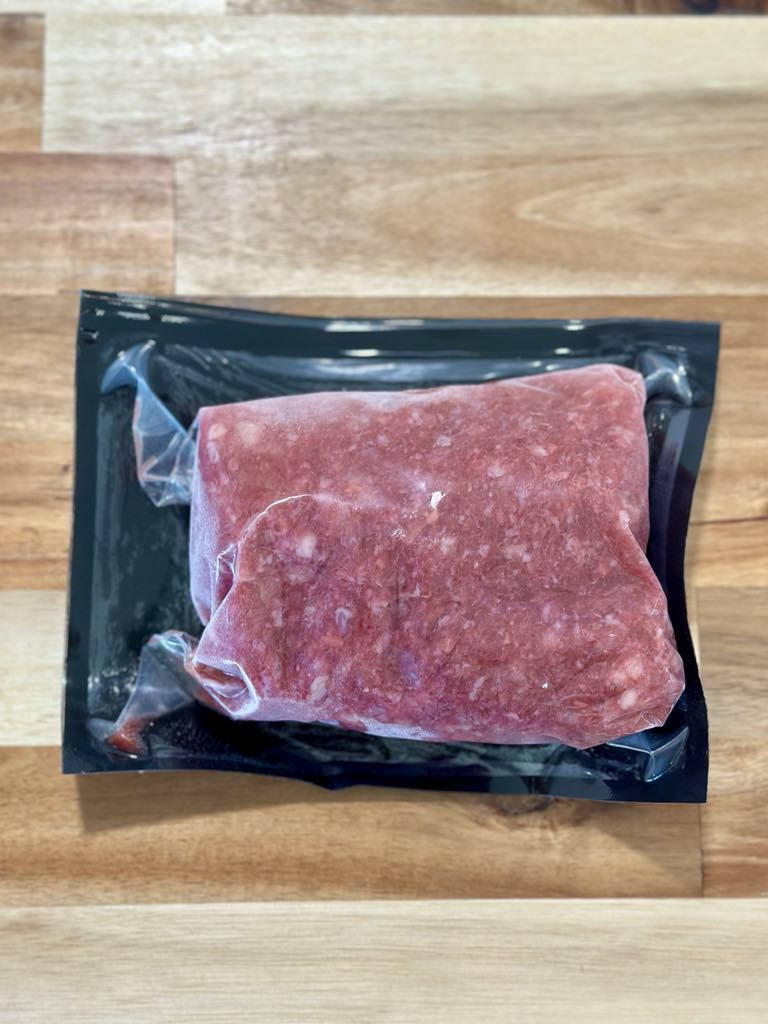Regenerative Agriculture, Series 2 / Keep the Soil Covered
posted on
May 6, 2024
The second principle behind Regenerative Agriculture is: Keep the Soil Surface Covered. The main idea behind keeping the soil surface covered is to protect the nutritive abilities of the upper layer of soil. Covering the soil reduces water erosion which can be destructive to natural ecosystems within the soil. Not only are we protecting the soil by covering it, but we can also improve the health of the soil.
There are a couple of ways that farmers keep their soil covered. One way is to use cover crops. Cover crops are non-cash crops that provide many benefits such as soil improvement, water retention, weed suppression, and erosion prevention. Instead of planting a single crop in a field, some farmers like to put together different plants known as Intercropping. As companion crops, they can feed each other and improve the health of the soil. According to SARE, “Like all plants, cover crops use sunlight and carbon dioxide to make carbon-based molecules. This process causes a buildup of carbon in the soil. Some carbon is rapidly cycled through the many organisms in the soil, but some eventually become humic substances that can gradually build soil organic matter. A higher level of soil organic matter improves both the availability of nutrients and soil moisture for crops.”
Many elements can have negative effects on soil. Rain and wind are common factors in soil damage, however, many people may not realize that heat from the sun can also do a lot of damage. Soil that isn’t covered can reach 140 degrees, which is hot enough to kill soil organisms and stress the crop. However, the residue of a cover crop can protect the soil from the heat.
Whether you are working on a small scale, such as a personal garden at your home, or on a much larger scale; keeping the soil covered can help increase crop yields. Increasing crop yields can help with food insecurity. Ultimately, covered soil equals healthy soil. When you promote healthy soil, you are promoting nutrient availability, reduced erosion, and sequestered carbon. Taking extra measures to improve the health of the soil can lead to economic benefits for the farmer in the long run.



